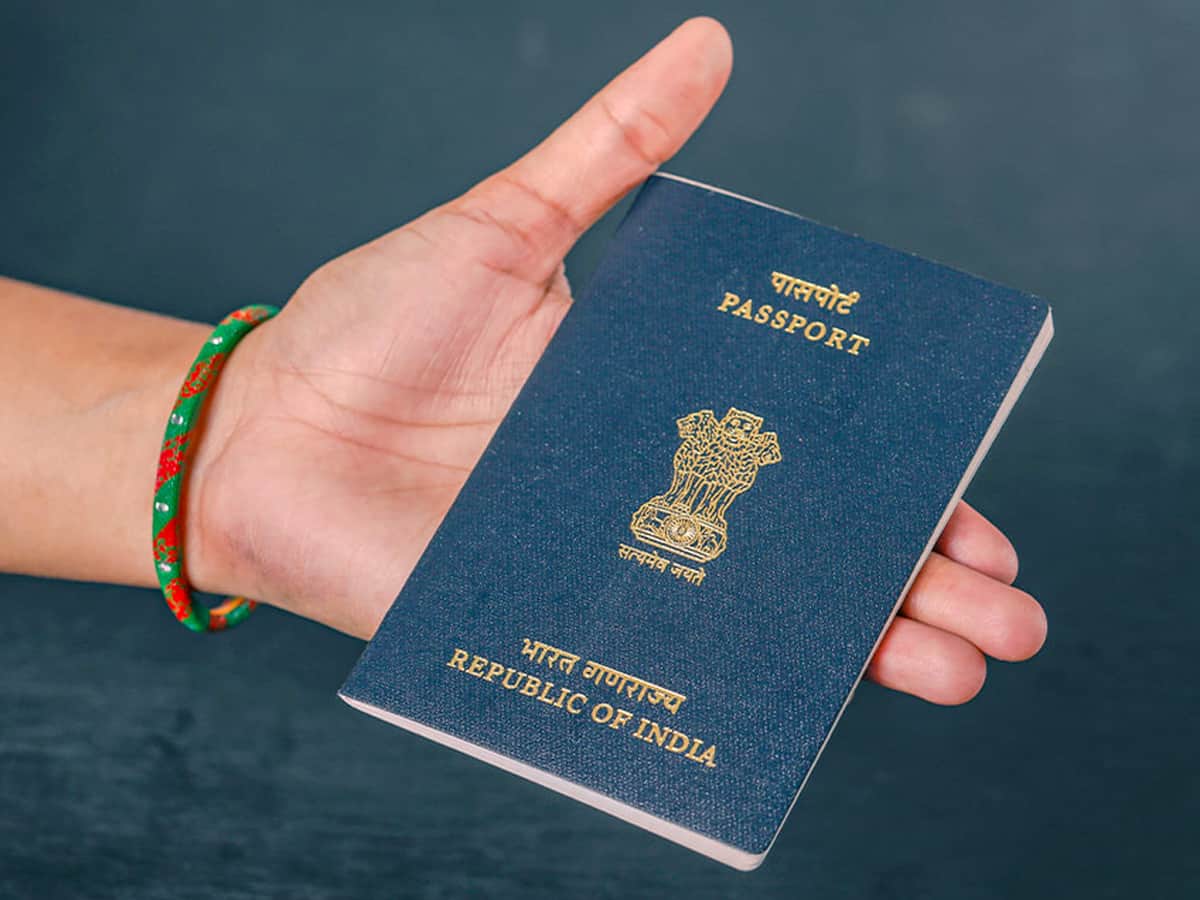
Since Indian independence, the citizenship law has undergone multiple amendments. However, CAA 2019 has become the most controversial.
CAA 2019 aims to provide Indian citizenship to persecuted religious minorities – Hindus, Sikhs, Buddhists, Jains, Parsis, or Christians – from Afghanistan, Bangladesh, and Pakistan who entered India on or before December 31, 2014.
Indian citizenship Law after independence
Although the Indian Constitution came into effect on January 26, 1950, the citizenship provisions became enforceable on November 26, 1949. Part II of the constitution, from Articles 5 to 11, deals with Indian citizenship law, specifying who becomes citizens of India at the commencement of the Indian constitution.
Article 11 empowers Parliament to enact laws dealing with Indian citizenship, making it exclusive to Parliament and not state legislatures. Based on this, the parliament enacted the Citizenship Act 1955.
The Citizenship Act in India saw amendments in 1957, 1960, 1985, 1986, 1992, 2003, 2005, 2015, and 2019.
Despite numerous changes, CAA 2019 stirred controversy due to the government’s decision to grant citizenship to persecuted religious minorities from neighboring countries.
CAA 2019
The bill for the latest amendment was tabled in Lok Sabha on December 9, 2019, passed on December 10, 2019, and then passed by the Rajya Sabha on December 11, 2019. After receiving the President’s assent on December 12, 2019, it became the Citizenship Amendment Act 2019.
As per CAA 2019 which amended Indian citizenship law, illegal migrants who entered India before December 31, 2014, and belong to Hindu, Sikh, Buddhist, Jain, Parsi, and Christian religions from Afghanistan, Bangladesh, and Pakistan are eligible for Indian Citizenship.
The amendment faced criticism from opposition leaders, who linked it to the National Register of Citizens (NRC). The government denied any such connection.
What is NRC?
As per the citizenship amendment in 2003, the NRC aims to register all Indian citizens. It also aims to identify illegal immigrants and deport them. Though its purpose is to deport illegal immigrants, proving Indian citizenship posed challenges in Assam, the state that witnessed NRC.
As per the Indian citizenship law, a person is a citizen by birth if one of three conditions is satisfied.
- Born in India on or after January 26, 1950, but before July 1, 1987.
- Born in India on or after July 1, 1987, but before December 3, 2004. However, in this case, at least one parent must be an Indian citizen at the time of the person’s birth.
- Born in India on or after December 2004. In this case, either both parents must be Indian citizens, or at least one parent must be an Indian citizen, and the other must not be an illegal migrant at the time of the person’s birth.
While nothing official has been announced by the government, the debate over CAA 2019 reignited after Union Minister Shantanu Thakur hinted at its implementation within a week.



